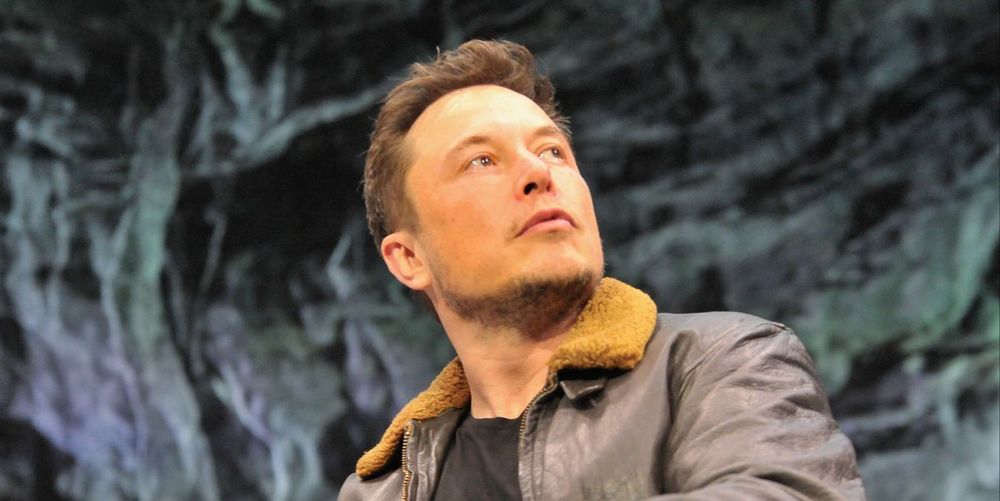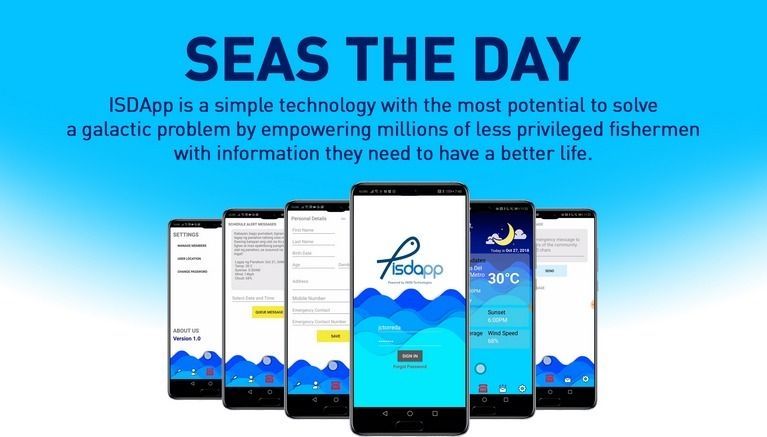MACH



The Air Force had said there was about a 20% chance that the launch would be delayed because of bad weather. But the 23-story Falcon 9 rocket lifted off on time on Thursday.
After the booster’s landing, SpaceX CEO Elon Musk tweeted: “Highest reentry heating to date. Burning metal sparks from base heat shield visible in landing video.”
You can watch the mission and landing, narrated by SpaceX staff, here, though this clip shows the booster’s heat shield burning off.

It’s finally happening. Nearly 8 years after the final space shuttle flight, a crew-capable spacecraft is once again ready to launch from Kennedy Space Center, Florida. SpaceX’s Crew Dragon is scheduled to blast off for a 6-day, uncrewed test flight on 2 March at 02:49 EST (07:49 UTC). If all goes well, the spacecraft will dock at the International Space Station (ISS) on 3 March around 06:00 EST (11:00 UTC) and stay there until 8 March, when it returns to Earth and splashes down in the Atlantic Ocean off the Florida coast.


RD: Is that because the focus right now is so much on getting there? EM: Yeah yeah, you need to get there. That’s a big deal. I think Starship will also be good for creating a base on the moon. We’ll probably have a base on the moon before going to Mars.
The SpaceX CEO on food, fuel, and the risk of vaporization.

Global Winner ISDApp was created by a team called iNON in the Philippines (“isda” is the Filipino word for “fish”). This community app is designed to empower fishermen with daily information useful for fishing and safety. #SpaceApps #SpaceAppsPH
A virtual reality (VR) exploration of the Moon; an educational, problem solving, and collaborative VR game for kids using NASA and planetary data; and a tool to express the wonders of satellite imagery through audio are three of the six apps chosen as Global Winners in NASA’s 2018 Space Apps Challenge. The six Global Winners were selected from 1,375 apps created during an intense 48-hour global hackathon last October.
AMAZON chief Jeff Bezos dreams of creating a new space race of humans across our solar system – with a population of one trillion.
The billionaire tech mogul revealed the lofty goal during a speech about Blue Origin, his groundbreaking space transport company.
According to Bezos, who has a net worth of £103billion, increasing the population dramatically across space could give us countless creative geniuses.


Virgin Galactic sent three human beings on Unity for the first time in Friday’s supersonic test flight, which reached three times the speed of sound on its way up. Just before the flight, Richard Branson’s space tourism company told CNBC that astronaut trainer Beth Moses is on the company’s spacecraft Unity, along with the two pilots.
“Beth Moses is on board as a crew member,” a Virgin Galactic spokeswoman told CNBC. “She will be doing validation of some of the cabin design elements.”

NASA on Friday gave SpaceX the green light to test a new crew capsule by first sending an unmanned craft with a life-sized mannequin to the International Space Station.
“We’re go for launch, we’re go for docking,” said William Gerstenmaier, the associate administrator with NASA Human Exploration and Operations.
A Falcon 9 rocket from the private US-based SpaceX is scheduled to lift off, weather permitting, on March 2 to take the Crew Dragon test capsule to the ISS.